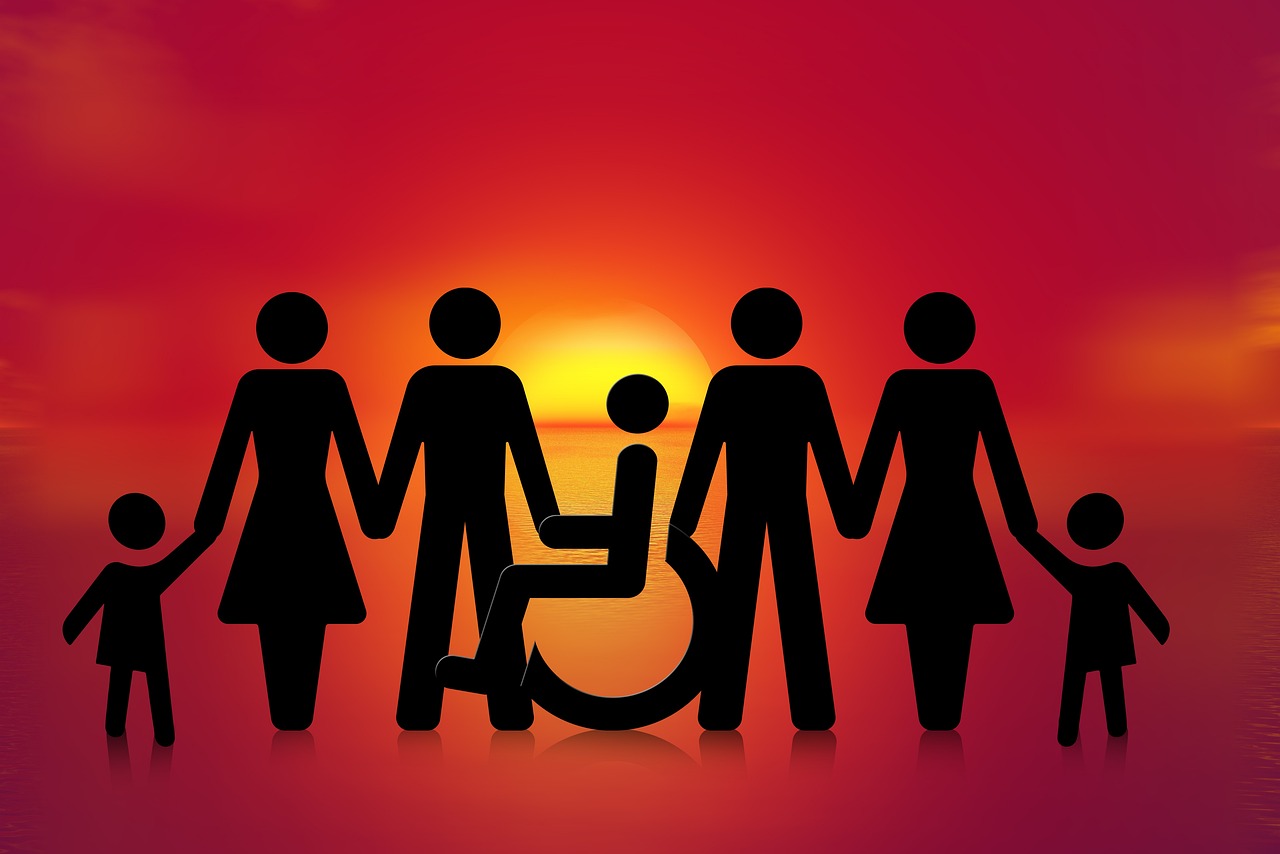The Significance of Stretching Primarily For Mobility
Adults tend to lose their range of motion the more they age, yet may need to be made aware of the significance of stretching. Stretching can benefit an adult’s health as it provides full mobility range and prevents weak joints. Some may believe day-to-day activities are harmless and not worth stretching for. Ultimately, stretching primarily for mobility may prevent joint or muscle injuries from daily life.
How can stretching primarily for mobility help adults? Continue reading to learn more.
Mobility VS Flexibility
Mobility and flexibility may appear interchangeable, but both have different purposes and effects on the body. According to Healthline, a medical advice website, mobility is defined as “the joints ability to move actively through their full range of motion.” Harvard Health Publishing adds that “mobility comprises all the skills required for everyday living: physical stamina, strength, balance, coordination, and range of motion.” Mobility is one’s range limits, such as raising a leg or extending an arm. In addition, it is responsible for everyday movements and quality of life such as walking or sitting. Lastly, poor mobility can lead to falls, injury, or healthcare services, as The Baton Rouge Clinic suggested.
However, flexibility is defined as “a muscle’s ability to lengthen passively, or without engagement,” according to Healthline. In essence, flexibility helps lessen tight muscles and allows them to be stretched to wide ranges of motion, with or without assistance. It helps strengthen muscles and prevents tight muscles from pulling joints, resulting in instability and misalignment, as explained by The Baton Rouge Clinic. Therefore, each ability serves different purposes, yet the type of stretching matters when targeting mobility.

Benefits of Stretching
Stretching allows one to reach their full motion range potential and live day to day without any slight chronic pain. Additionally, it can help prevent injury and improve physical independence for older adults. Harvard Health Publishing suggests that no stretching can “shorten and tighten muscles while being unable to extend all the way.” They add that prolonged immobility can put adults at “risk for joint pain, strains, and muscle damage.” Simple physical activities can cause a pulled muscle injury if one does not stretch daily. Likewise, the type of stretching matters as well.
The Baton Rouge Clinic states that two types of stretches also have different purposes: static and dynamic stretching. Static stretches are described as “holding a stretch while staying still, helping improve the flexibility of the muscles.” Dynamic stretches “help improve mobility and flexibility since they take joints and muscles through regular ranges of motion activities.” These stretches can help strengthen muscles and joints in larger ranges of motion and prevent injuries like a pulled muscle. It also tests an adult’s range and helps them reach new limits, but where can adults learn more about stretching?
Stretching Resources
Stretches can seem confusing and can be done incorrectly without a visual guide. Luckily, sites like Healthline and Hospital for Special Surgery (HSS) offer free resources for dynamic stretches with visual guides. Additionally, YouTube provides hundreds of videos from trained individuals showcasing dynamic stretches from different body parts. In short, stretching resources can be conveniently accessible.
To Conclude
Stretching for mobility can be an essential turning point for healthier and stronger joints and muscles for adults. While flexibility and mobility seem interchangeable, mobility can be greatly undermined and overlooked for its ordinary usage. Moreover, dynamic stretches can prevent injuries and help build a larger range of mobility to live a more comfortable life. Ultimately, stretching for mobility can be a liberating and beneficial experience for adults.
For more about health, visit MagicFeet.club.



